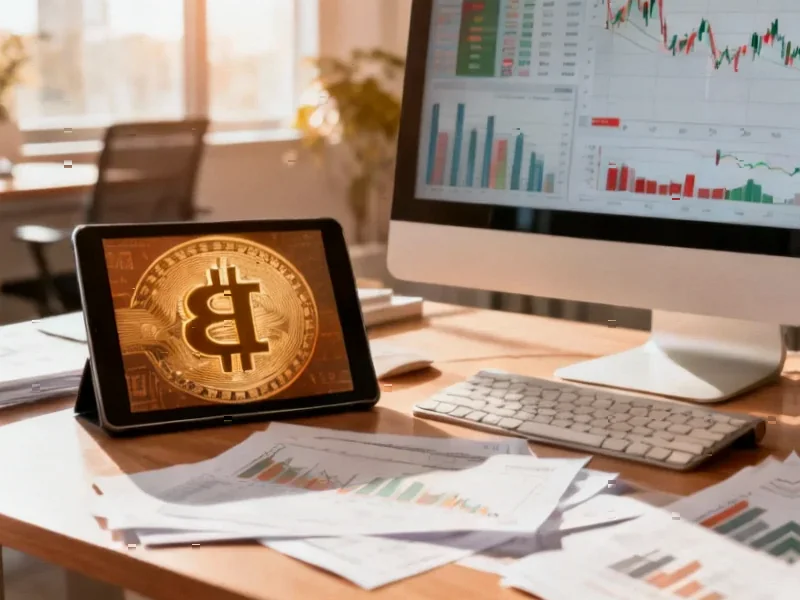According to PYMNTS.com, S&P Global Ratings downgraded its assessment of Tether’s ability to maintain its U.S. dollar peg from “constrained” to “weak” in a Wednesday report. The agency specifically cited bitcoin exposure rising to 5.6% of USDT reserves, which now exceeds the 3.9% overcollateralization safety margin. S&P pointed to “persistent gaps in disclosure” and increasing exposure to high-risk assets including gold, secured loans, and corporate bonds. The report noted that a dip in bitcoin’s value combined with declines in other risky assets could make USDT undercollateralized. While a “large share” of reserves remains in U.S. treasury bills, S&P criticized Tether’s limited information about custodians and counterparties. Tether did not respond to requests for comment about the downgrade.
What this means for users
Here’s the thing: when the world’s largest stablecoin gets a “weak” rating from a major credit agency, everyone should pay attention. Basically, if you’re holding USDT, you’re now effectively holding a small, undisclosed basket of risky assets alongside your supposed dollar peg. And that bitcoin exposure? It’s not just theoretical – at 5.6% of reserves, it’s larger than their safety cushion. So what happens if bitcoin drops 20%? Suddenly that coverage gets thinner, and the peg could come under real pressure.
But wait, there’s more. The lack of transparency around where the rest of the money is parked should worry anyone using Tether for trading or as a safe haven. We’re talking about secured loans and corporate bonds with “limited disclosures” – who knows what kind of credit risks are buried in there? The whole point of stablecoins is predictability, and this downgrade suggests Tether’s becoming anything but predictable.
Regulatory limbo
Now here’s where it gets really interesting. The GENIUS Act was signed back in July, but we’re still waiting for the Treasury Department to actually implement it. This creates this weird vacuum where nobody knows the rules for reserve composition or disclosure requirements. So companies are basically testing boundaries before regulators finally draw the lines.
I mean, think about it – if proper regulations were in place, would S&P even need to issue this kind of warning? The fact that we’re relying on rating agencies to do what regulators should be doing tells you everything about the current state of crypto oversight. It’s the wild west out there, and stablecoin users are caught in the middle.
Broader market impact
When the $110 billion Tether ecosystem shows cracks, everything in crypto feels it. Exchanges, lenders, institutional players – they all depend on USDT for liquidity. If confidence erodes, we could see ripple effects across trading pairs, lending rates, and overall market stability. Remember that stablecoins aren’t just for crypto natives anymore – they’re becoming part of the broader financial infrastructure.
The S&P full report makes it clear this isn’t just about Tether either. It’s about the entire stablecoin sector growing up and facing proper scrutiny. Maybe this downgrade is exactly what the industry needs to push for better transparency and risk management. Because let’s be honest – shouldn’t something calling itself a “stable” coin actually be, you know, stable?




